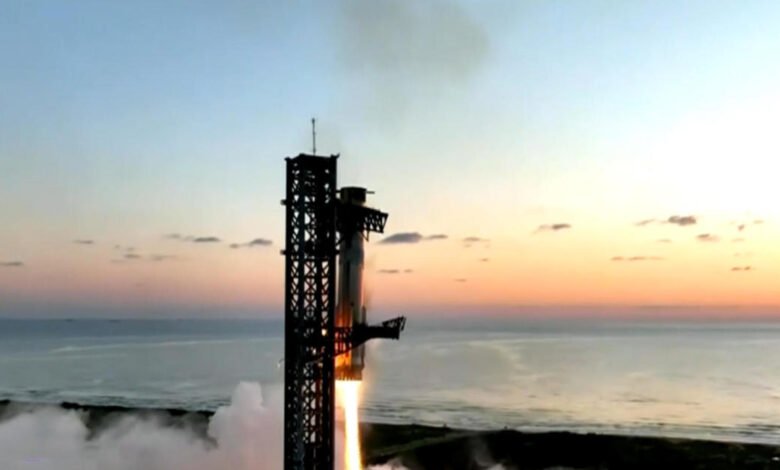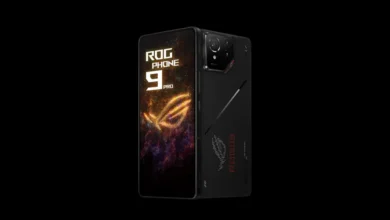
The Groundbreaking SpaceX Achievement: Catching the Starship Booster
On October 13, 2024, SpaceX made history by successfully catching its Super Heavy booster mid-air using a novel technique dubbed the “chopsticks maneuver.” This extraordinary feat not only marks a significant milestone in aerospace engineering but could also be considered one of the greatest engineering accomplishments in human history.
The Context of the Mission
The mission, known as Starship Flight 5, launched from SpaceX’s Starbase in Boca Chica, Texas. The Super Heavy booster, measuring over 70 meters tall, is the first stage of the Starship system, which is designed for deep space missions, including potential crewed flights to Mars and beyond. Unlike previous missions where boosters were discarded into the ocean, this time SpaceX aimed to bring the booster back to its launch site for reuse, thereby reducing costs and increasing efficiency in space travel.
The Chopsticks Maneuver
The “chopsticks” are a pair of giant robotic arms integrated into the launch tower. During the flight, approximately seven minutes after liftoff, the Super Heavy executed a controlled descent back to the launchpad. As it approached, the chopsticks successfully captured the descending booster, marking an unprecedented achievement in rocket recovery techniques. Kate Tice, SpaceX’s Quality Systems Engineering manager, described the moment as “a day for the engineering history books,” while Dan Huot, a SpaceX spokesperson, expressed sheer amazement at the success of this complex operation.
Engineering Significance
- Reusability: Traditional rocket systems are often expendable, leading to high costs and lengthy turnaround times between launches. The ability to catch and reuse boosters could revolutionize space travel by enabling rapid launches and reducing expenses significantly.
- Precision Engineering: The success of this maneuver showcases advanced engineering capabilities in robotics and aerodynamics. The precision required for the chopsticks to catch a rapidly descending booster is akin to catching a falling object with pinpoint accuracy—a task that presents numerous engineering challenges.
- Future Implications: Elon Musk envisions a future where rockets can be turned around and launched again within 30 minutes of landing. This level of efficiency could transform not only commercial space travel but also missions aimed at exploring other planets.
Challenges Overcome
SpaceX’s journey to achieving this milestone was fraught with challenges. Previous test flights faced numerous setbacks, including detonation failures and landing complications. However, with each successive flight, SpaceX learned and adapted its technology. For instance, significant upgrades were made to Starship’s heat shield and other structural components before Flight 5.
The Broader Impact on Space Exploration
The implications of this achievement extend beyond just reusability; they touch on humanity’s broader aspirations for space exploration. With plans for missions to Mars and beyond, having a reliable and efficient launch system is crucial. The successful capture of the Super Heavy booster signals a step closer to making space travel more accessible and sustainable.
Conclusion
SpaceX’s successful catch of the Starship booster represents not just an engineering triumph but also a pivotal moment in human space exploration. As we stand on the brink of a new era in aerospace technology, this achievement could very well be remembered as one of humanity’s greatest feats of engineering. The future holds exciting possibilities as SpaceX continues to push boundaries and redefine what is possible in space travel.By revolutionizing how we approach rocket launches and recoveries, SpaceX is not only changing the economics of spaceflight but also inspiring future generations to dream bigger about what lies beyond our planet.
Follow us on X/Twitter for instant updates.
For more tech updates, click here.



